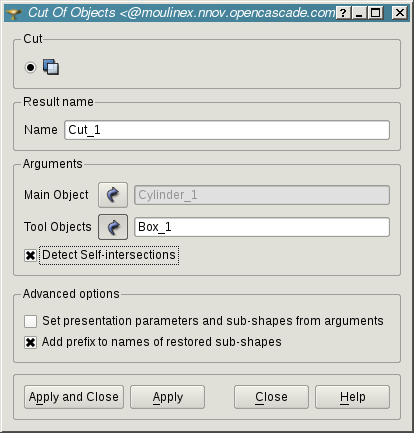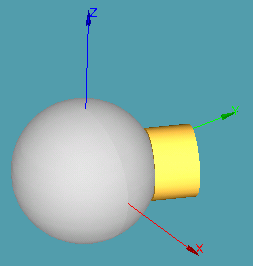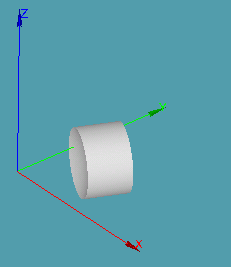Version: 8.3.0
Cut operation cuts a shape with a list of other shapes.
To produce it, select in the main menu Operations - > Boolean - > Cut

In this dialog:
This operation can be performed using a TUI Command:
geompy.MakeCutList(theMainShape, theShapesList, checkSelfInte)
Arguments: Name + a main shape + a list of other shapes + an optional flag for self-intersection check.
There is also a special TUI Command: for the Cut operation on two shapes (object and tool) :
geompy.MakeCut(s1, s2, checkSelfInte)
Arguments: Name + the object + the tool + an optional flag for self-intersection check.
Example:


Our TUI Scripts provide you with useful examples of the use of Boolean Operations.
More details
Please refer to this document for a detailed description of Boolean operations. It provides a general review of the Partition and Boolean operations algorithms, describes the usage methodology and highlights major limitations of these operations.